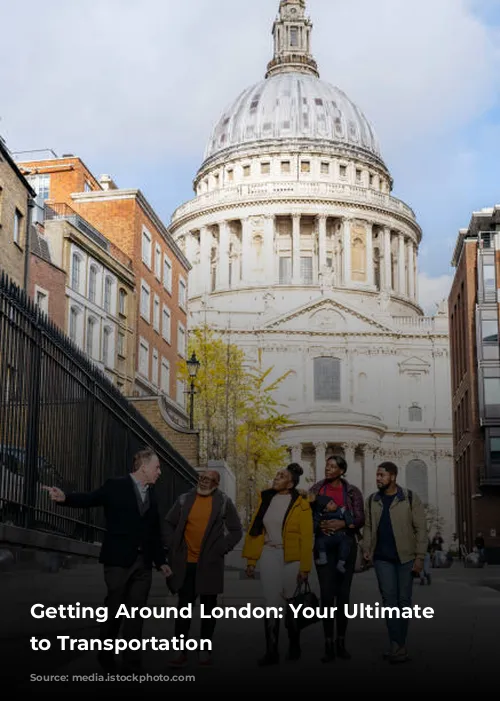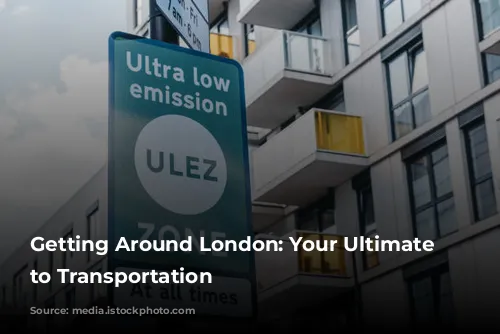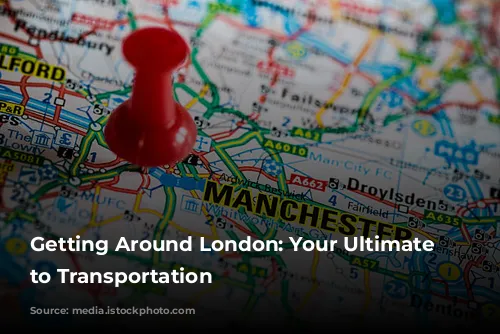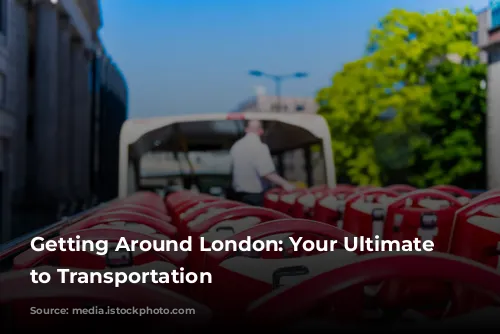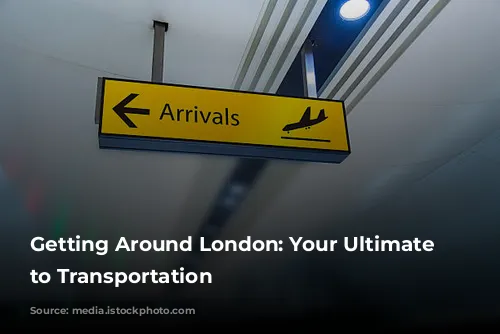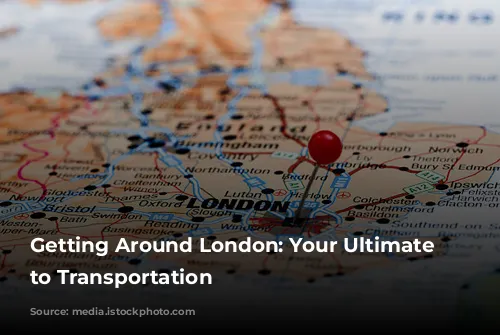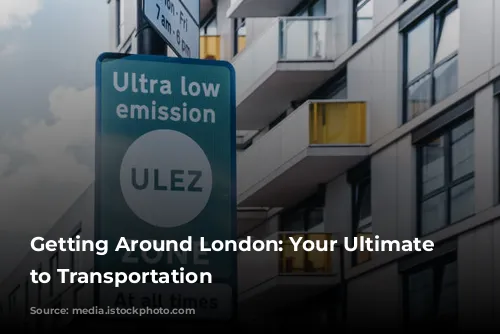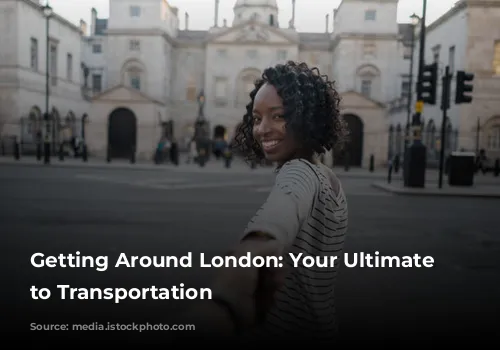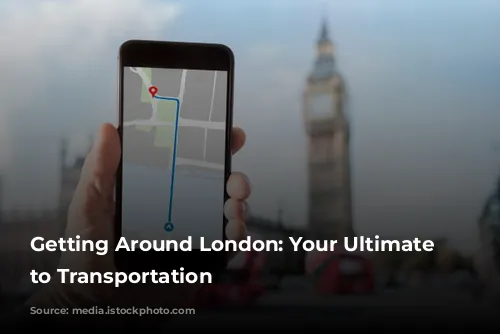London’s public transportation system is truly world-class! You can easily navigate the city without needing a car or ride-sharing services. To find the best routes, simply enter your starting point and destination into Google Maps and select the public transport icon. This will display all available tube (subway) and bus routes, along with their estimated departure and arrival times. But that’s not all! Walking is also a popular mode of transportation in London. It’s delightful to stroll through the vibrant streets alongside locals, taking in the sights and sounds. As a solo female traveler, I felt perfectly safe walking in all the areas I explored, so you can rest assured that you’ll be able to enjoy London on foot without worry.
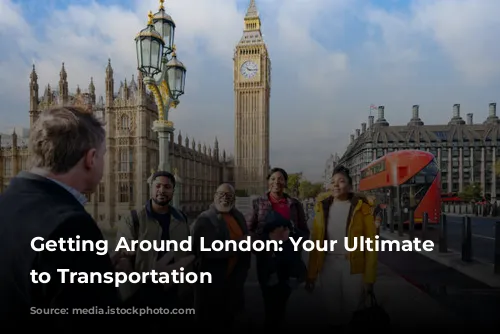
Paying for Your Journeys
Now, let’s talk about the different ways to pay for your trips on London’s extensive public transportation network, including the Tube, buses, and trains. The Transport for London website offers a comprehensive guide, but here’s a simplified overview with my personal insights. The Oyster Card is a blue plastic card, similar in size to a credit card, that’s specifically designed for London’s public transportation. You can pick one up at any tube station – just look for the kiosks where you can choose between an Oyster Card or a Visitor Oyster Card and load it with cash or your credit card. Important note: Only one Oyster Card is allowed per person, so if you’re traveling with others, they’ll need to get their own cards.
The Oyster Card is your key to convenient travel throughout London, including the Tube and buses. It comes with a daily cap, which means you’ll save money if you’re using the Tube multiple times in a day (something that’s very common when exploring this exciting city!). While there’s also a Visitor Oyster Card, it has fewer perks than the regular one, like the inability to load a travel pass (great if you’re in London for 7 or more days!). The main advantage of a Visitor Oyster Card is that you can have it shipped to your home before your trip, but getting a regular Oyster Card at the tube stations is incredibly easy. However, you can’t purchase a Visitor Oyster Card once you arrive in London. It must be ordered and delivered to your address beforehand.
But here’s some exciting news! Since 2023, you no longer need an Oyster Card because the Tube and buses accept contactless payments through your contactless credit card or digital wallet (like Google Pay or Apple Pay). Just tap your contactless card or phone where you would typically tap an Oyster Card. The benefits are the same, including the daily cap, as long as you use the same card throughout the day.
Another option is the Travelcard, a prepaid card that offers unlimited travel within specific zones in London. If you’re planning a stay of seven days or more, a 7-day Travelcard is a great value because you get seven days of unlimited travel for the price of five. When you purchase an Oyster Card in London, you can also buy a 7-day Travelcard and load it onto your Oyster Card. Remember, though, that you can’t load a Travelcard onto a Visitor Oyster Card – it’s only compatible with the regular Oyster Card you buy in London. If your trip is six days or less, consider skipping the Travelcard and simply use an Oyster Card or contactless payment. This will save you money on shorter trips thanks to the daily cap.
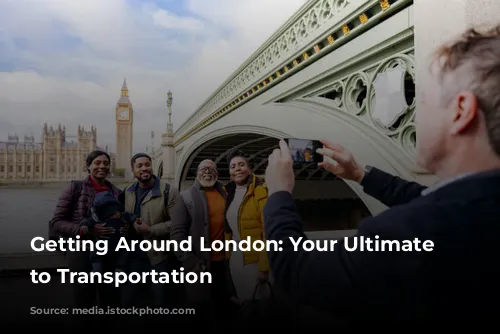
The Tube: London’s Underground Legacy
The London Underground, affectionately known as “the Tube,” holds the title of the world’s oldest subway system, dating back to 1863. It’s the fastest and easiest way to navigate London! I use it multiple times a day when I’m exploring the city. While the Tube has undergone significant upgrades over the past century and a half, many stations are not accessible for individuals who have difficulty with stairs. However, there are a number of accessible stations, which are clearly marked on the Tube map with the International Symbol of Access (ISA) – an icon depicting a person in a wheelchair.
Each time you enter a tube station, you must tap your Oyster Card, contactless credit card, or digital wallet to pass through the turnstiles. You’ll also need to tap again when exiting, so keep your card or phone handy for a smooth departure. Every tube station has a map showing the lines that pass through it and the stops they make. Before heading to a tube station, find the name of the stop or tube station nearest to your destination for easy navigation.
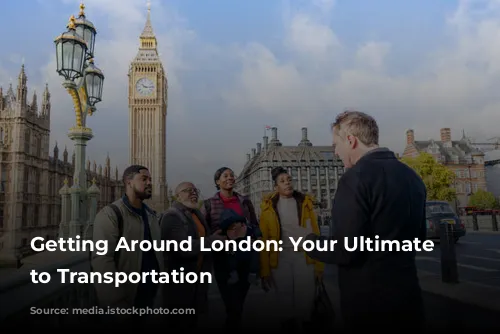
Beyond Public Transportation: Ride-Sharing Options
London also offers popular ride-sharing services like Uber, Lyft, and Bolt. With these apps, you can request a ride if you have cellular service or Wi-Fi. If you’re coming from the U.S., Bolt might be a new name for you since it’s not available in North America. While I haven’t personally used Bolt in London yet, we relied on it exclusively in Malta, and it was generally less expensive than Uber and Lyft. Although our Bolt rides in Malta were quick, some have reported longer wait times for Bolt in London – keep that in mind if you’re in a hurry. All three ride-sharing apps provide scheduled rides, which was a lifesaver for my early morning trips to the airport, as I wasn’t sure if on-demand drivers would be readily available.
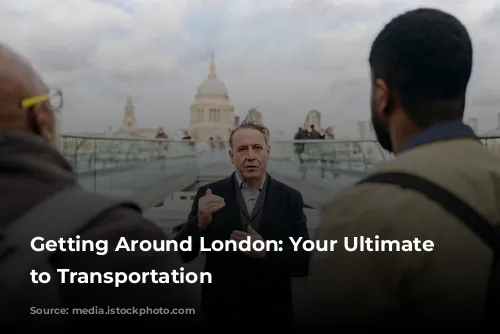
London’s Bicycle and Scooter Culture
London boasts an impressive network of bike paths that accommodate bikes and scooters, including electric ones. Remember, bikes and scooters are not allowed on sidewalks. For details on bringing bikes and scooters onto public transportation, check out the official website of Transport for London (TfL). However, I personally wouldn’t recommend riding a bike or scooter in London, especially for your first time, as it can be more of a hassle than a convenient mode of transportation. My top choices are walking or public transportation!

Walking Your Way Around London
London is an incredibly walkable city, with a vibrant pedestrian culture. I love this aspect of London life and usually end up walking 5-10+ miles a day while exploring the city. Even when it rains, you’ll see people confidently walking with umbrellas, rain boots, and warm coats. We experienced our fair share of rainy days during a winter trip to London and still had a blast! If you plan on visiting London in the winter, I’ve written a blog post with tips for making the most of your trip. Walking is an exceptional way to discover hidden gems in London and experience the city in a way you wouldn’t otherwise. You’ll stumble upon cool areas that you wouldn’t have planned to see, making your exploration truly authentic.
